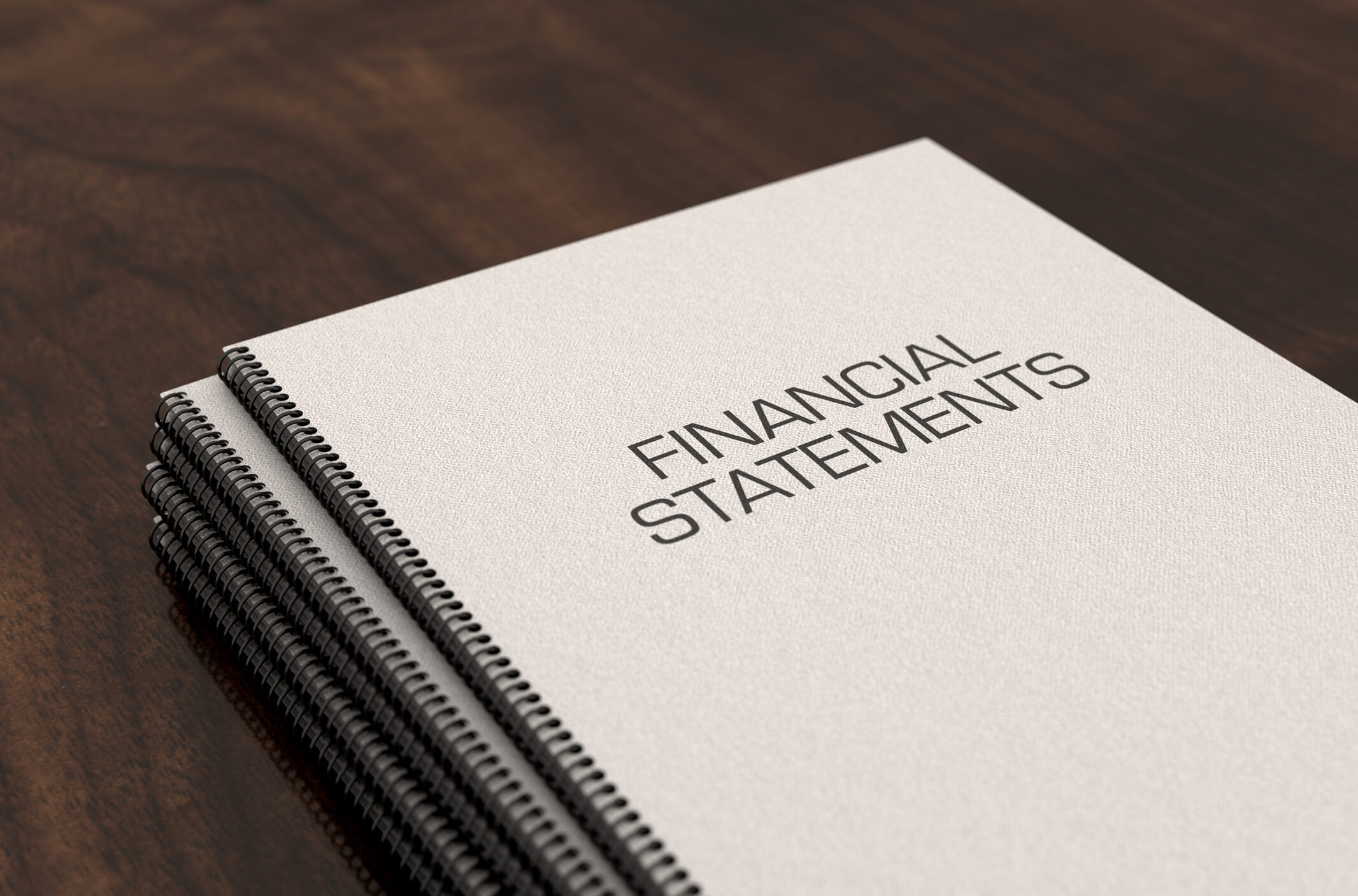When a business owner or stakeholders want to know the business’s financial health, the best way to get a clear picture is through financial statements. There are three financial statements every business should maintain. They are the Balance Sheet, the Profit and Loss Statement, the Income Statement, and the Cash Flow Statement. Depending on the business’s size, these statements could be maintained through an accounting department in a larger business and by the owner in a small business. Here are each of the three statements and their purposes explained.

Balance Sheet
The balance sheet is a statement that reflects the number and values of specific data. It is composed of three categories, which are assets, liability, and equity. Equity is the assets minus the liabilities.
Assets
Assets are broken down into current assets, fixed assets, and long-term assets.
Current Assets
Current assets include inventory, receivables, prepaid expenses, and current cash and account balance.
- Inventory is broken down into raw material, work in progress, and finished goods. This breakdown gives the owner and stakeholders an idea of which inventory is deadstock and swift selling stock.
- Receivables are a breakdown of which of them is in good standing and which have fallen into bad debt. This breakdown gives the owner and stakeholders the conversion of credit sales into cash flow.
- A prepaid expense results from the business making advanced payments for goods or services to be received in the future.
- Cash and account balance is the money the business currently has on hand in cash or its accounts.

Fixed Assets
Fixed assets include land, buildings, equipment, furniture, or any other type of asset with an accounting cycle of more than a year.
Long-Term Assets
Long-term assets include fixed assets, stocks and bonds, real-estate investments, and investments in other companies.
Liabilities are broken down into two categories, current liabilities and long-term liabilities.
Liability
Current Liability
Current liabilities are short-term financial obligations that typically have to be paid back within a year. Some examples of current liabilities are payments to vendors or suppliers, and the company’s everyday expenses. Current business operation profits pay back these liabilities.
Long-Term Liability
Long-term liabilities are financial obligations that go beyond a year. Some examples of long-term liabilities are long-term leases, mortgage loans, equipment, or vehicle loans. These liabilities are paid back by business operation profits or paid back by future investment returns or future liquidated assets.

Equity
Equity is the assets minus the liabilities and represents the owner’s and stakeholder’s stake in the company. Equity includes the capital of the owners, reserves, and retained earnings.
Profit and Loss Statement or Income Statement
The profit and loss statement is also known as the income statement. It is a financial statement that summarizes the revenues, costs, and expenses incurred during a specified period. These records provide information about a company’s ability or inability to generate profit by increasing revenue, reducing costs.
The profit and loss statement is important when looking at how a business can be more financially stable by identifying expenses and gains. It is also an essential statement when the business is obtaining loans.
Cash Flow Statement
The cash flow statement is a financial statement that shows how changes in balance sheet accounts and income affect cash and cash equivalents, and breaks the analysis down to operating, investing, and financing activities. The most important of these are operating activities, as it gives the entire balance of operating sources and operational needs, which is vital for daily business functions.
While investing and financing activities are also important, when it comes to the purpose of the cash flow statement, they take a backseat to operations since that is how the business continues to exist.
 About Complete Controller® – America’s Bookkeeping Experts Complete Controller is the Nation’s Leader in virtual bookkeeping, providing service to businesses and households alike. Utilizing Complete Controller’s technology, clients gain access to a cloud-hosted desktop where their entire team and tax accountant may access the QuickBooks™️ file, critical financial documents, and back-office tools in an efficient and secure environment. Complete Controller’s team of certified US-based accounting professionals provide bookkeeping, record storage, performance reporting, and controller services including training, cash-flow management, budgeting and forecasting, process and controls advisement, and bill-pay. With flat-rate service plans, Complete Controller is the most cost-effective expert accounting solution for business, family-office, trusts, and households of any size or complexity.
About Complete Controller® – America’s Bookkeeping Experts Complete Controller is the Nation’s Leader in virtual bookkeeping, providing service to businesses and households alike. Utilizing Complete Controller’s technology, clients gain access to a cloud-hosted desktop where their entire team and tax accountant may access the QuickBooks™️ file, critical financial documents, and back-office tools in an efficient and secure environment. Complete Controller’s team of certified US-based accounting professionals provide bookkeeping, record storage, performance reporting, and controller services including training, cash-flow management, budgeting and forecasting, process and controls advisement, and bill-pay. With flat-rate service plans, Complete Controller is the most cost-effective expert accounting solution for business, family-office, trusts, and households of any size or complexity.




